Introduction to the Variety characteristics of Typica Coffee beans the flavor and taste characteristics of Tieka coffee
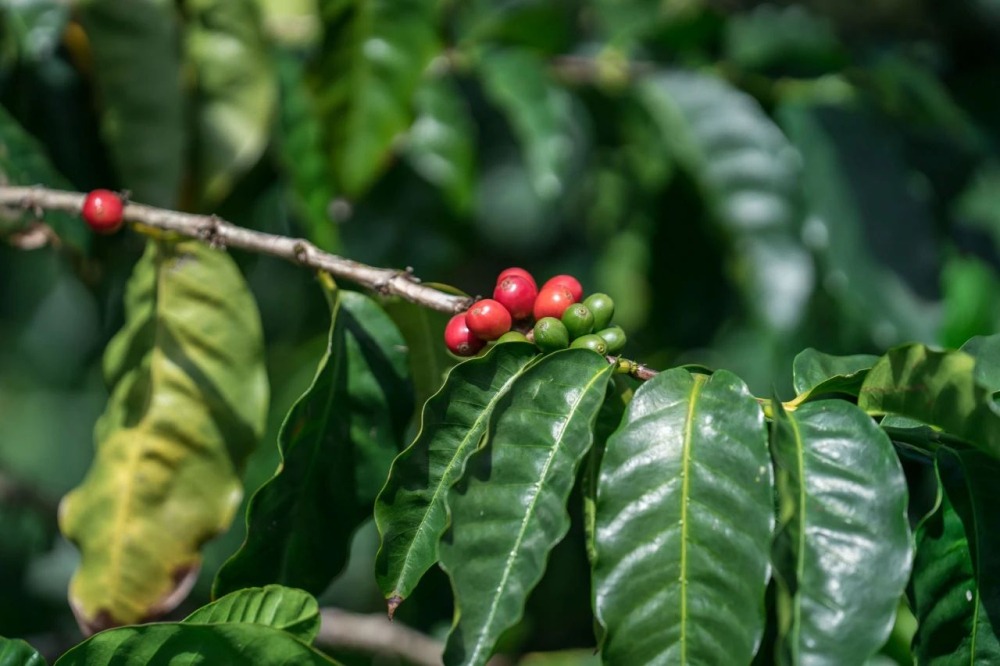
As the oldest Arabica variety in the coffee industry, Typica is recognized as high-quality coffee in the industry, such as the world-famous Jamaican Blue Mountain Coffee and Hawaiian Kona Coffee. It is favored by coffee lovers for its clear flavor and balanced taste.
What are the characteristics of the variety of iron pickup?
The coffee tree of the iron pickup is taller, the leaves at the top are bronzed, and the coffee beans are large and long, pointed at both ends, a bit like an egg. Iron pickup coffee beans often have a sour citrus taste, with a sweet aftertaste, is praised by many people as elegant and clear coffee beans, but it is a pity that the tin card tree is very tall and difficult to pick, and the iron pickup tree is very tall, about 5 meters / 16.5 feet. It is conical, the branches are slightly inclined, and the lateral branches form an angle of 50-70 °with the vertical stem. Its trunk is thin and its branches are very thin. Because of its height and long branches, it is necessary to leave enough space between the plants when planting tin card trees.
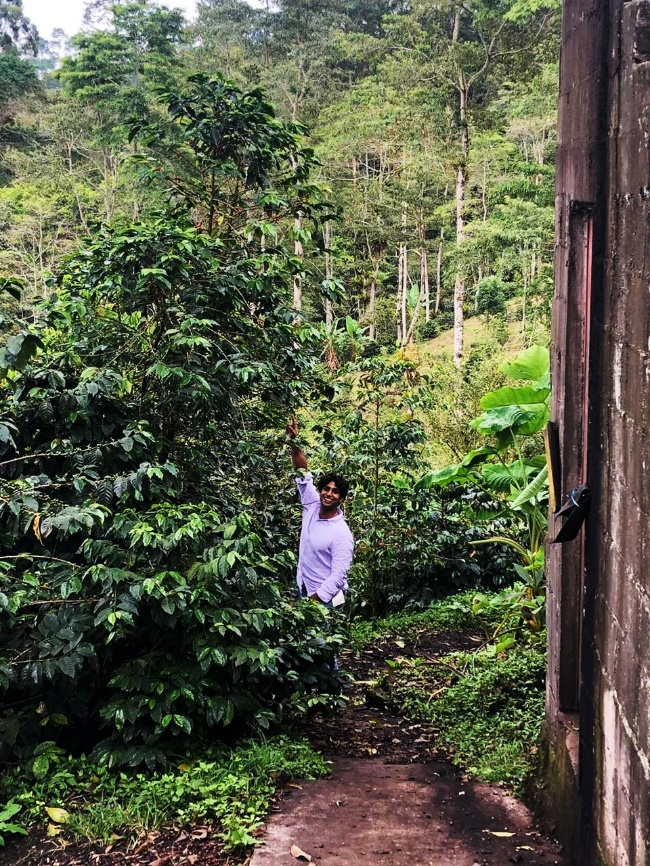
In addition, the disease resistance of iron pickup is very poor, it is difficult to resist leaf rust and fruit pulp disease. And so on the most common diseases, the yield is also very rare. As a cash crop, coffee is difficult to make a profit, so many growers everywhere choose to give up and plant other varieties with better disease resistance. If you want to grow delicious iron pickup beans, you need to invest more labor costs and research technology, which is why Jamaican Blue Mountain Coffee is so expensive.
The iron pickup originated in Ethiopia.
Iron pickup was planted in Yemen from southwest Ethiopia between the 15th and 16th centuries because of artificial collection and processing, and spread around the world with the pilgrimage of major religions. For example, the first batch of coffee trees in Yunnan, China, were bred by iron pickup seeds brought by French missionaries, but later they were replanted into Katim varieties in order to increase yield.
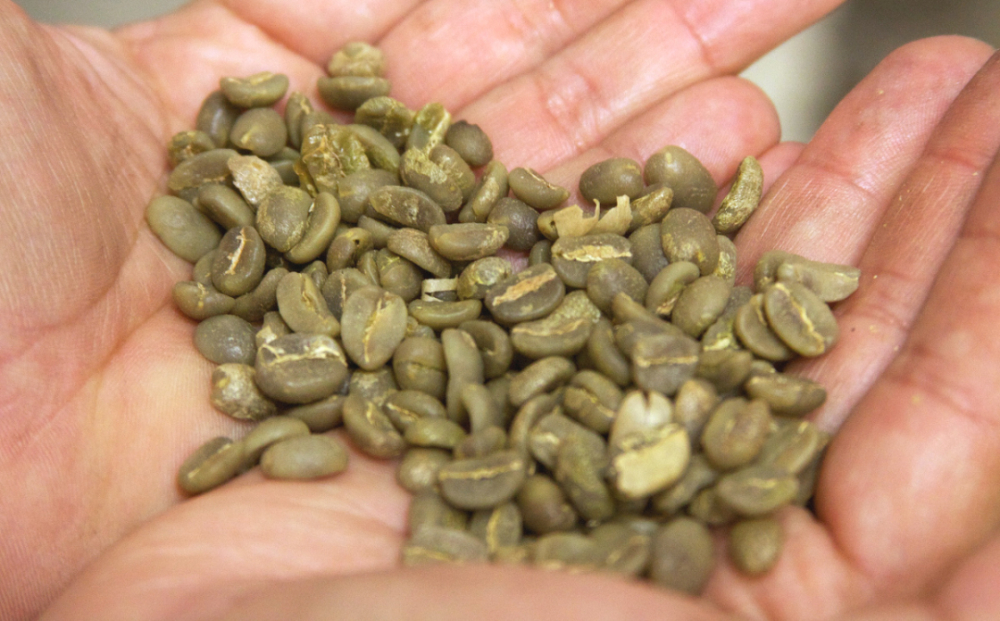
Different from many coffee varieties, the "delicate" tin card is very picky about the growing environment and needs to grow in a high place without frost, and the higher the altitude is, the significant temperature difference is formed, thus delaying the ripening of coffee fruit and more conducive to the accumulation of flavor substances in coffee. The development of aroma is more full. In addition to high altitude, iron pickup also needs plenty of rainfall, sunshine, fluffy soil with good drainage and fertile soil. From the point of view of cultivation, the region is very limited. The reason why Blue Mountain Iron pickup Coffee has such a delicate aroma, in addition to the efforts of Jamaican growers, the most important thing is thanks to the excellent soil of the Blue Mountains.
Dikrou, a French naval officer, took great pains to escort the Tibica seedlings to Martinique in the Caribbean in 1720, and in 1725 the British Governor of Jamaica transplanted 7000 Tibica seedlings from Martinique to the Blue Mountains of Jamaica. After more than two hundred years of domestication, Lanshan Tibica has evolved better disease resistance, especially to fruit rot (Coffee berry disease).
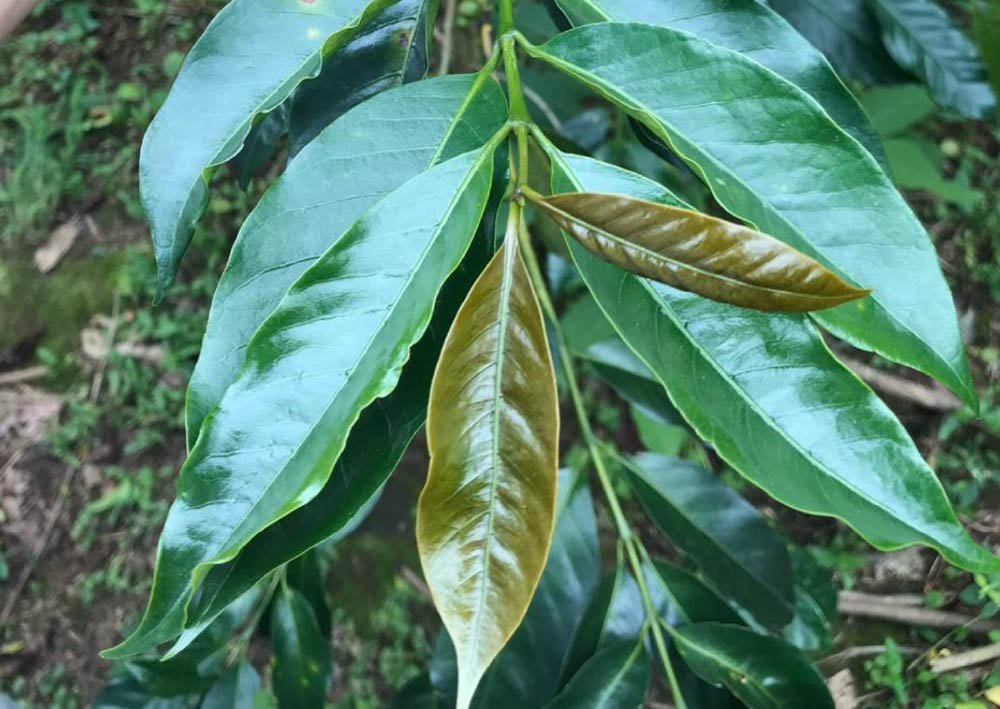
Since the middle of the 20th century, it has been transplanted to Papua New Guinea, Kenya and even Sulawesi, trying to replicate the sweet and fragrant characteristics of Blue Mountain Coffee. High-quality tin card varieties do bring positive elegance to the coffee. But it is not as good as Blue Mountain. Among the varieties of tin card coffee sold in Qianjie stores, Jamaica Blue Mountain No. 1 coffee bean is the most famous, which has become the "ceiling" with its full aroma and balanced taste. In addition, Qianjie 2013, a coffee grown at home in Yunnan, is also selected from a high-quality tin pickup.
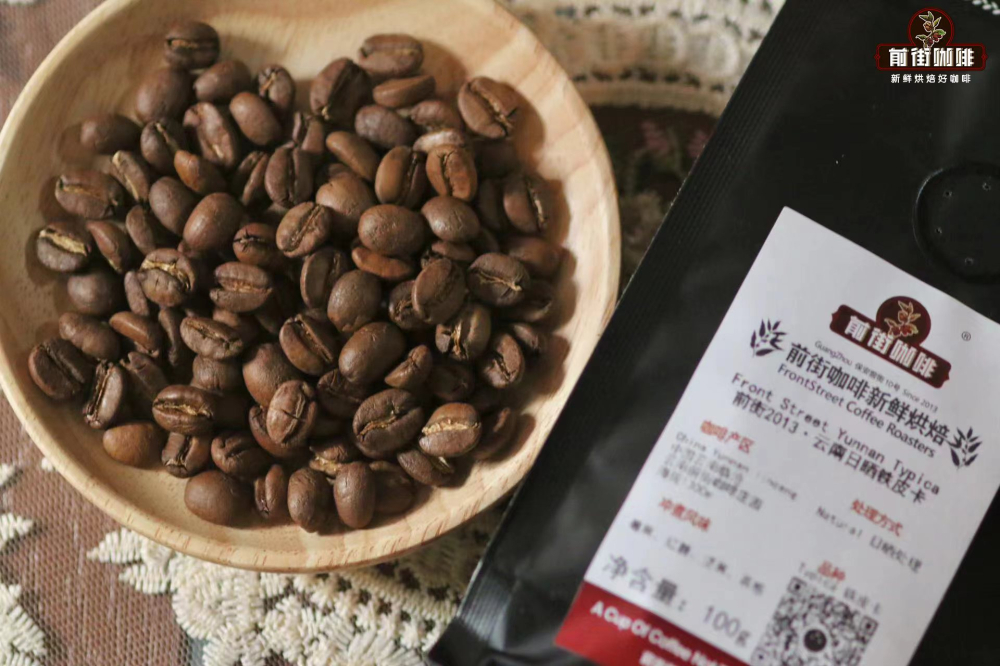
What is the taste of Blue Mountain Iron pickup Coffee?
Of course, the high quality of Blue Mountain Coffee is inseparable from the advantages of the planting environment. Blue Mountain in the Blue Mountains is surrounded by the water of the Caribbean Sea, which belongs to the unique island-type tropical rain forest microclimate, with concentrated rainfall and good drainage in the rainy season. The ash from active volcanoes makes the soil rich in nutrients, so coffee trees don't need too much irrigation and fertilization. The sunny, misty, cool and comfortable high-altitude planting area is very suitable for the growth of all kinds of crops. Local people usually plant coffee trees and banana trees on the slopes of the Blue Mountains.

CIB has designated an area of about 6000 hectares in the Blue Mountains, and it is strictly stipulated that only the iron pickup coffee produced in this area can be called "Blue Mountain Coffee". According to the area divided by CIB, the forest area growing Blue Mountain Coffee is located at an altitude of 910-1700m. The high altitude and the right climate characteristics make the coffee fruit fully absorb the essence and transform into a variety of aromatic substances. The higher the altitude is, the more prominent the flavor of iron pickup is.
However, the iron pickup has poor disease resistance, is very easy to catch the disease, and the fruit yield of a single plant is low, so it needs more manpower to take good care of it. In addition, the terrain at the high elevation of the Blue Mountains is uneven, and it is very difficult to manage and pick, so there is a high demand for the proficiency of the harvester, which further affects the yield. In recent years, less than 15% of the coffee beans produced in Jamaica can be labeled as Blue Mountain Coffee, about 900 tons. The fresh fruit of the picked coffee will be immediately transported to the processing plant for processing, and the peel and flesh of the coffee will be removed by washing and dried.
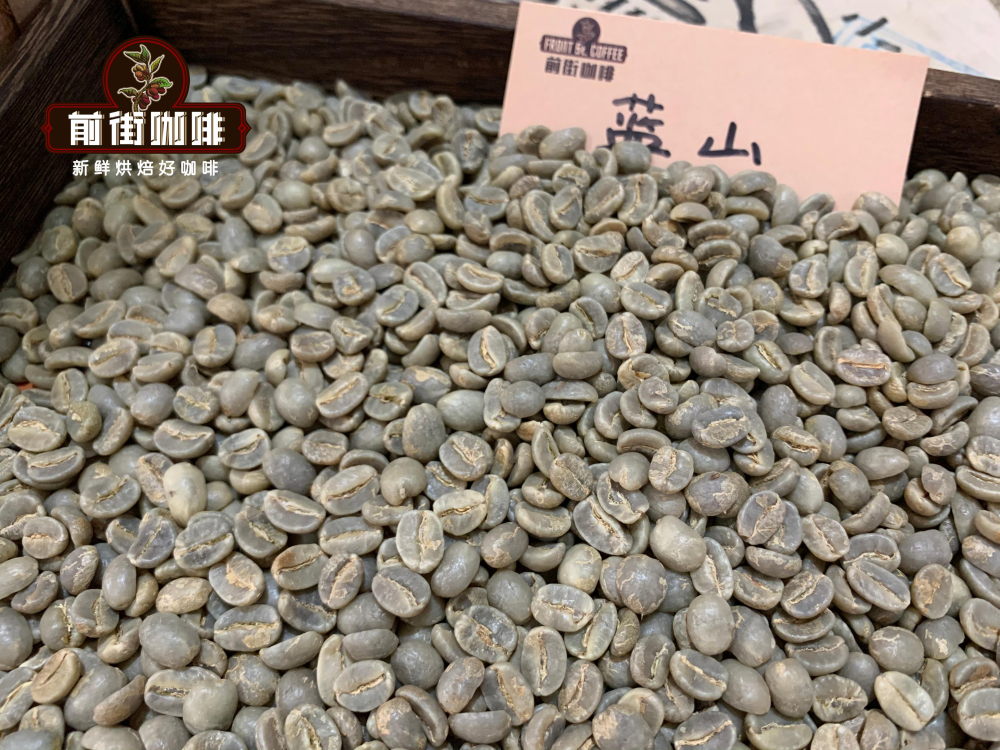
Qianjie received the raw beans of Jamaica Blue Mountain No. 1 coffee, the particles were uniform and plump, the size was uniform, and the whole was bright turquoise. The front street uses medium-depth baking to maximize the aromas of chocolate and nuts in the Blue Mountains, while retaining soft acidity and sweetness to balance the overall taste.
The freshly roasted blue mountain coffee beans were tested immediately in Qianjie. The dried aromas included nuts, melons and chocolates. After injecting hot water, they smelled oolong tea, caramel, honey and dark chocolate. Taste is rich dark chocolate, baked hazelnut, cream, black sugar, clean and clear flavor, mellow taste, long-lasting aroma. In order to make everyone feel these aromas, the coffee beans shipped in front of the street are made sure that they are freshly roasted within 5 days, and they are just at the best taste stage when they are received. The following front street is based on store production standards to talk about several key factors of hand-made blue mountain coffee.
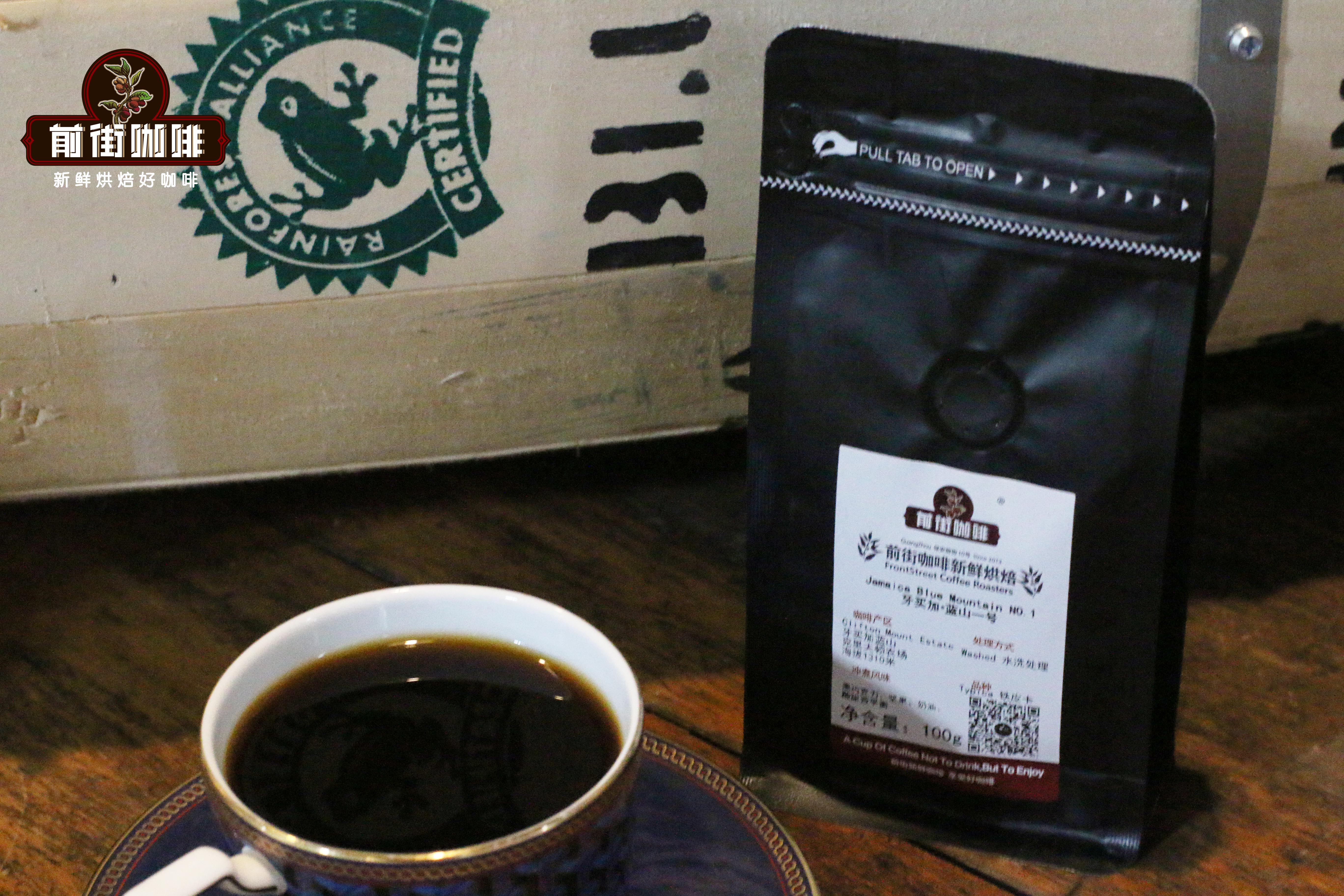
Qianjie Blue Mountain No. 1 Coffee hand reference
Qianjie usually uses KONO filter cup to extract deeply roasted coffee beans, the upper part of KONO filter cup is a smooth curved surface, the filter paper is better fitted, compared with v60 filter cup, the way of coffee extraction is mainly immersion extraction, increasing the overall concentration of coffee, in order to increase the alcohol thickness of coffee. In addition to the KONO, the common kalita trapezoidal filter cup, flannel and other slower flow appliances are also suitable.
In addition, considering that the medium and deep roasted coffee has been roasted to a certain extent, the internal structure of beans will be more fluffy than light roasted coffee, so the water absorption effect is better. In order to avoid excessive extraction, Qianjie chose the thickness of No. 20 standard screen with a pass rate of 75% and a water temperature of 88 ℃ with the usual three-stage water injection in Qianjie.
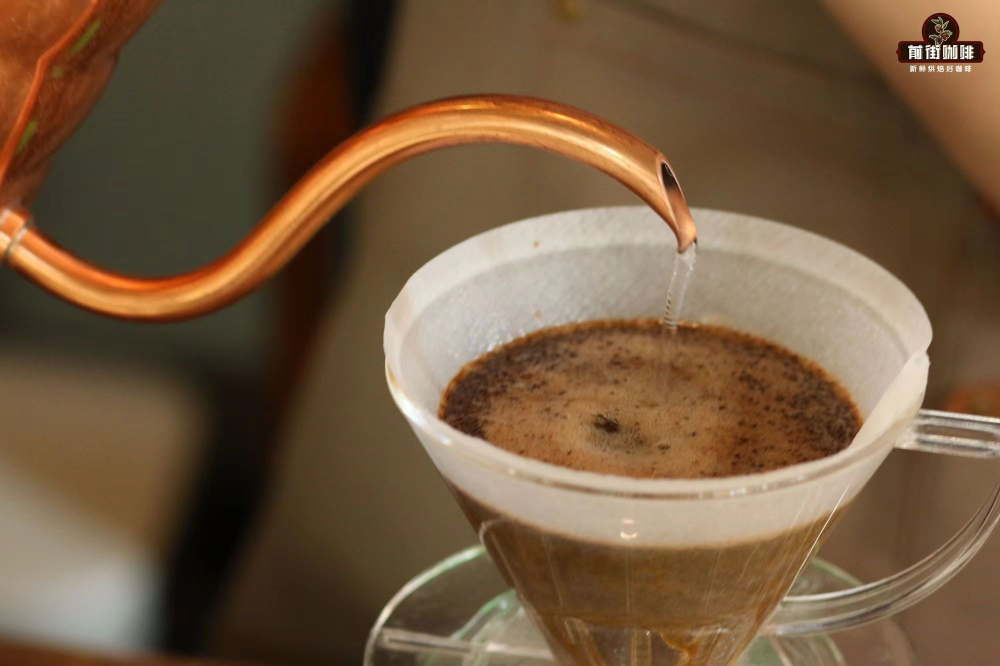
Hand washing parameters: water temperature of 88 degrees Celsius, grinding degree of coarse sugar (standard screening rate of 20), 15g coffee beans, powder-water ratio 1:15, three-stage extraction.
The first stage is gently injected with 30 grams of water for steaming for 30 seconds, and the second stage is injected with about 125 grams of water to circle evenly and smoothly outward. Then wait for the coffee liquid to drop, drop to half, inject the last section of water to 225 grams, wait for the coffee to fall behind, the general total extraction time is about 2 minutes.
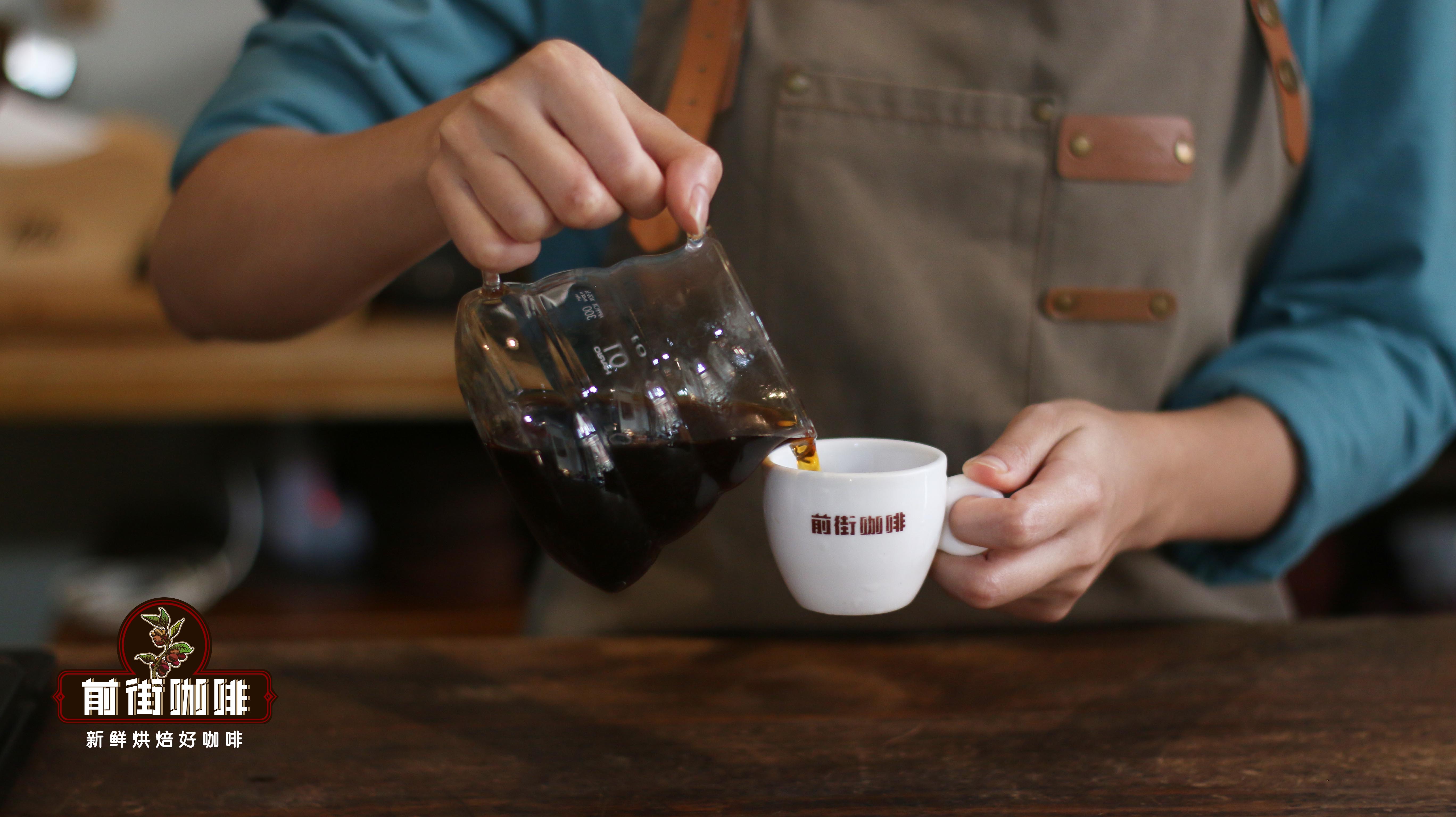
Blue Mountain No. 1 Coffee Flavor: at high temperature, the entrance of Blue Mountain No. 1 coffee is dark chocolate aroma, very mellow, and the return of almonds is obvious. As the temperature drops, baked hazelnuts and cream are sweet and silky, with a hint of soft acidity and caramel sweetness, and the aroma lasts in the mouth.
Professional coffee knowledge exchange more coffee bean information please follow the coffee workshop (Wechat official account cafe_style)
For more boutique coffee beans, please add private Qianjie coffee on Wechat. WeChat account: qjcoffeex
Important Notice :
前街咖啡 FrontStreet Coffee has moved to new addredd:
FrontStreet Coffee Address: 315,Donghua East Road,GuangZhou
Tel:020 38364473
- Prev
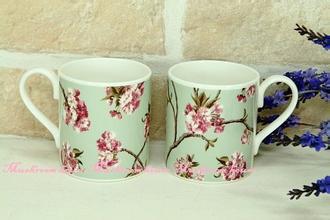
What kind of cups and pots are suitable for individual coffee? What kind of cup is suitable for individual coffee?
The single coffee cup is somewhat similar to the British black tea set, the top grade coffee cup is generally made of bone porcelain, because the bone porcelain is light and thin, and has a very good thermal insulation performance, so it is very suitable for drinking single coffee. Good tea should be equipped with tea sets, just like drinking tea, when tasting high-end individual coffee, such as Blue Mountain Coffee, Brazilian Coffee, Italian Coffee, Colombian Coffee, etc.
- Next
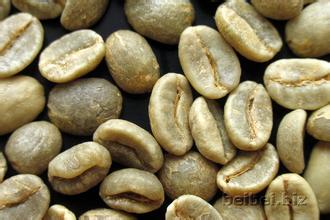
Do raw coffee beans really need to be washed? Do raw coffee beans need to be cleaned? Wash coffee and raw beans
The peeled coffee beans are bagged and transported everywhere, which may not be very clean indeed, and some monks even have water or mud stains on their surfaces. If you carefully examine the microbes on the surface of raw beans that are invisible to the naked eye, you will find that there are about 10,000 bacteria on every gram of raw coffee beans. However, this does not mean that raw coffee beans have to be washed, because once roasted, most of them
Related
- Beginners will see the "Coffee pull flower" guide!
- What is the difference between ice blog purified milk and ordinary milk coffee?
- Why is the Philippines the largest producer of crops in Liberia?
- For coffee extraction, should the fine powder be retained?
- How does extracted espresso fill pressed powder? How much strength does it take to press the powder?
- How to make jasmine cold extract coffee? Is the jasmine + latte good?
- Will this little toy really make the coffee taste better? How does Lily Drip affect coffee extraction?
- Will the action of slapping the filter cup also affect coffee extraction?
- What's the difference between powder-to-water ratio and powder-to-liquid ratio?
- What is the Ethiopian local species? What does it have to do with Heirloom native species?

